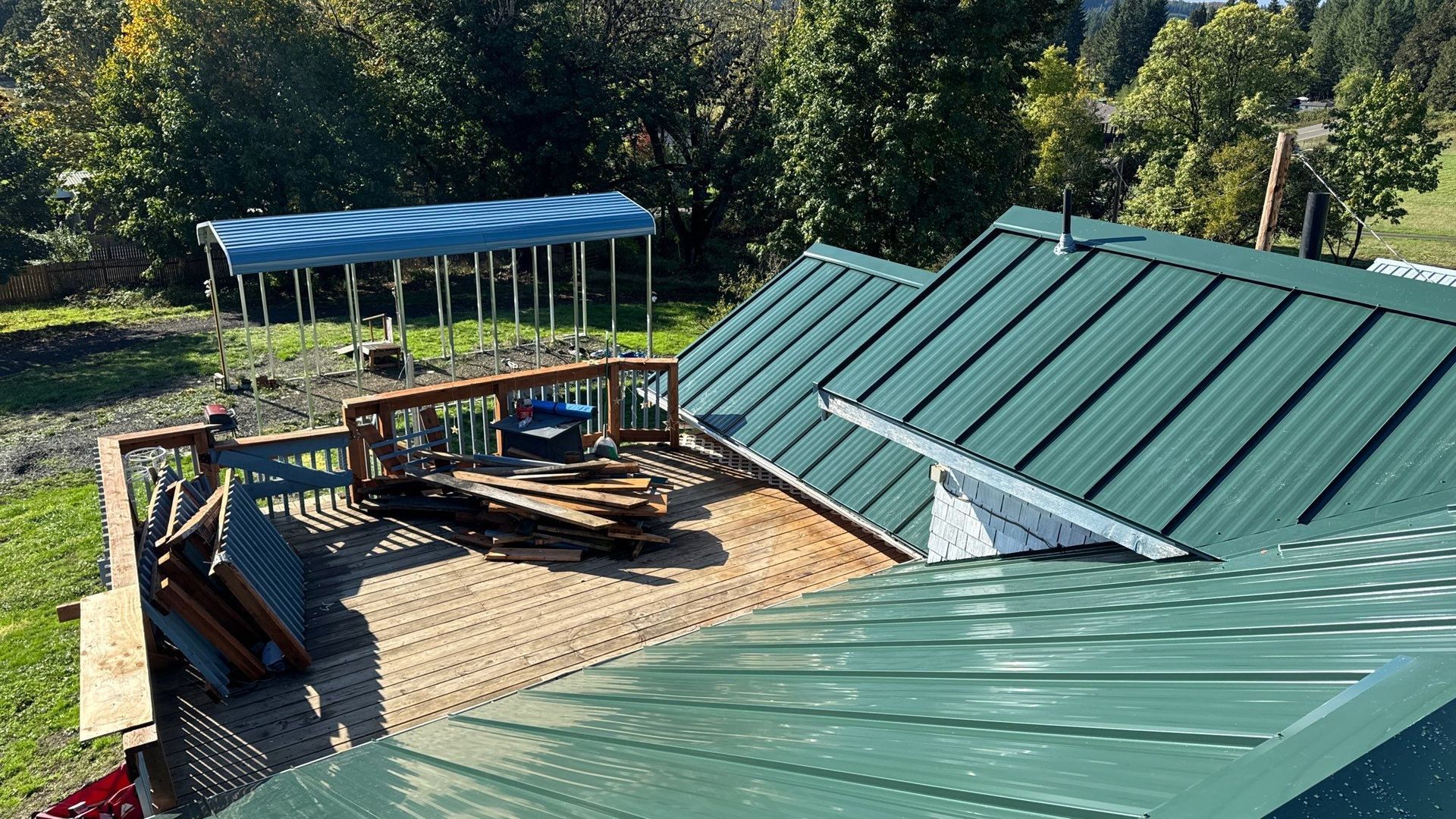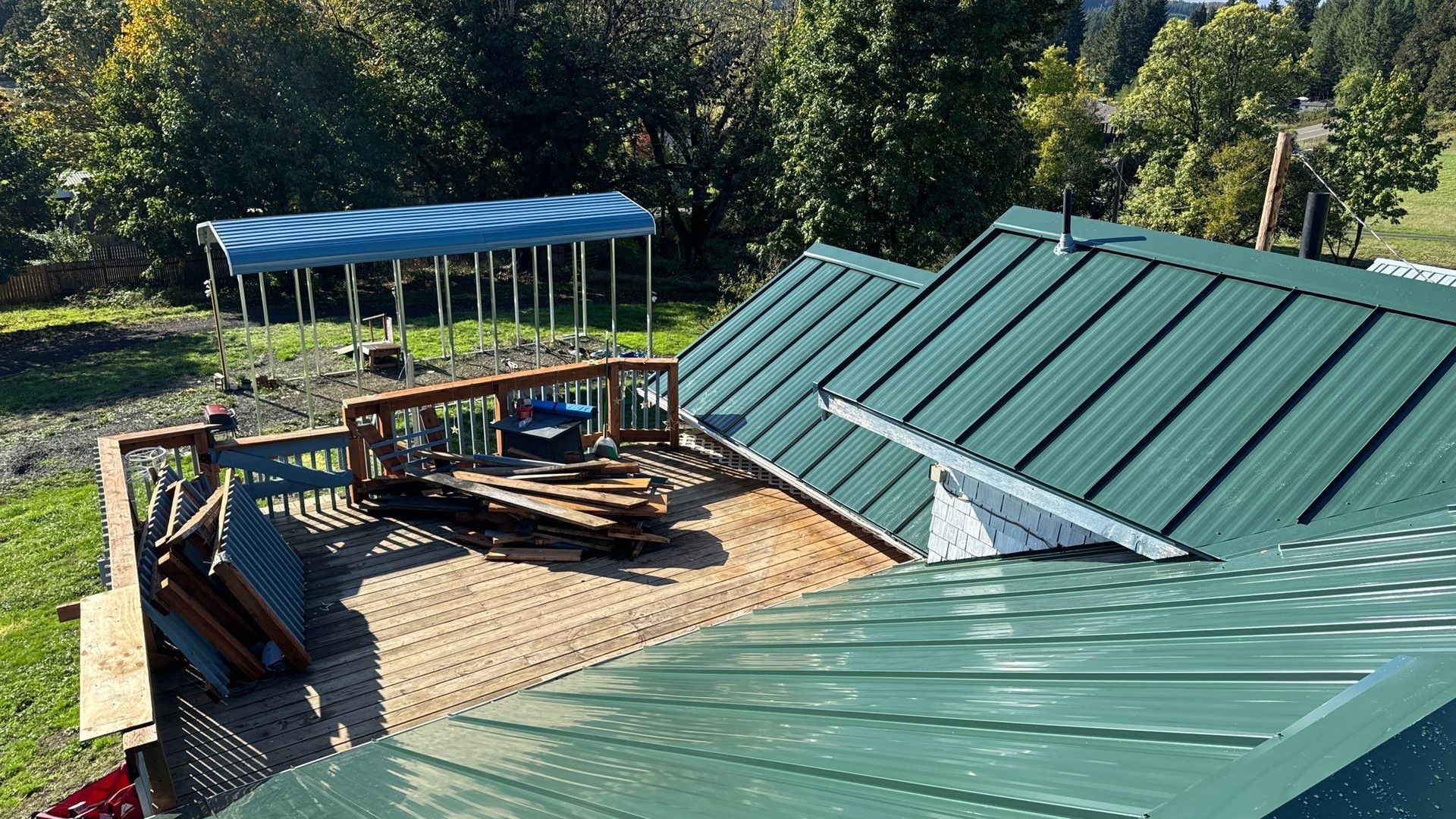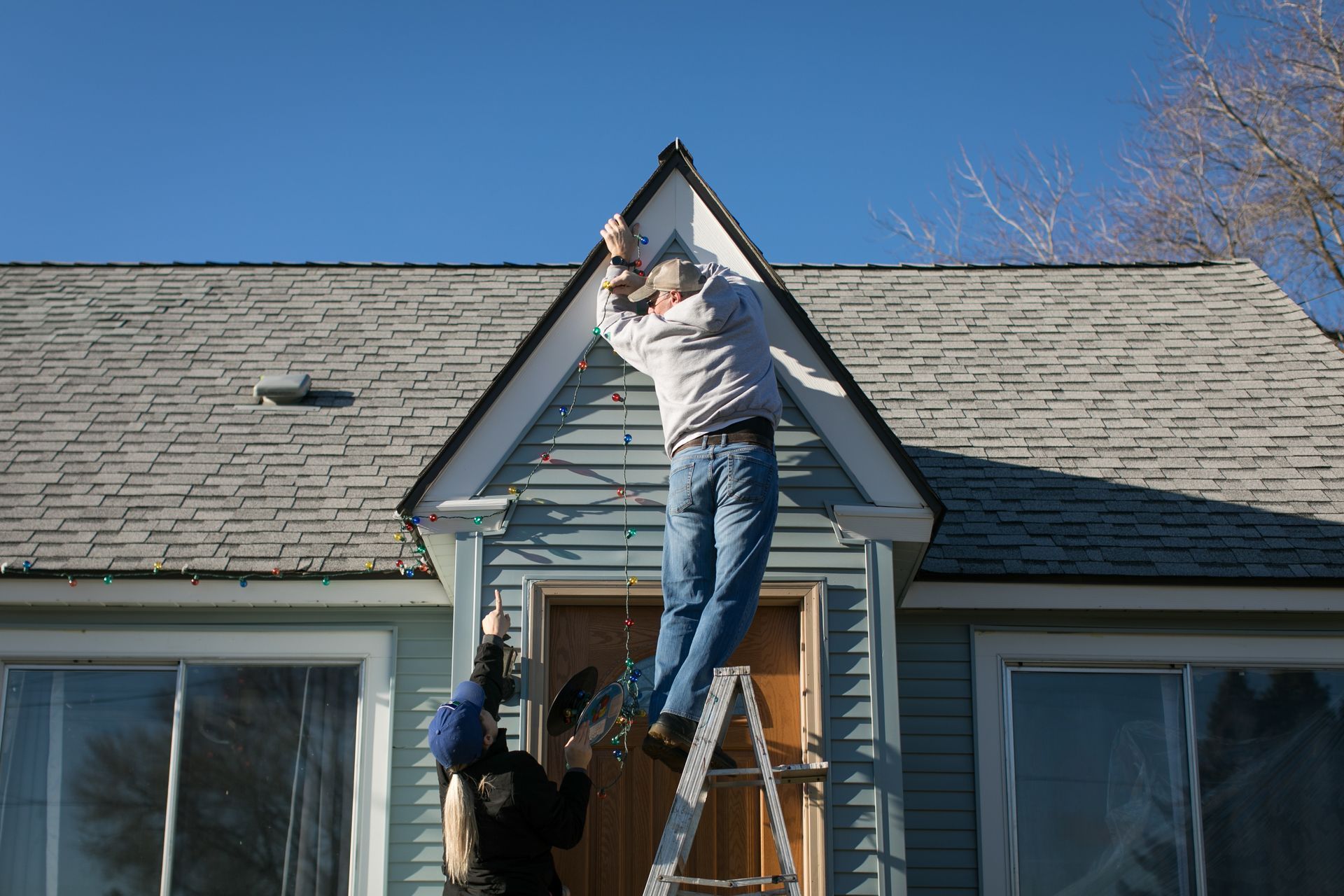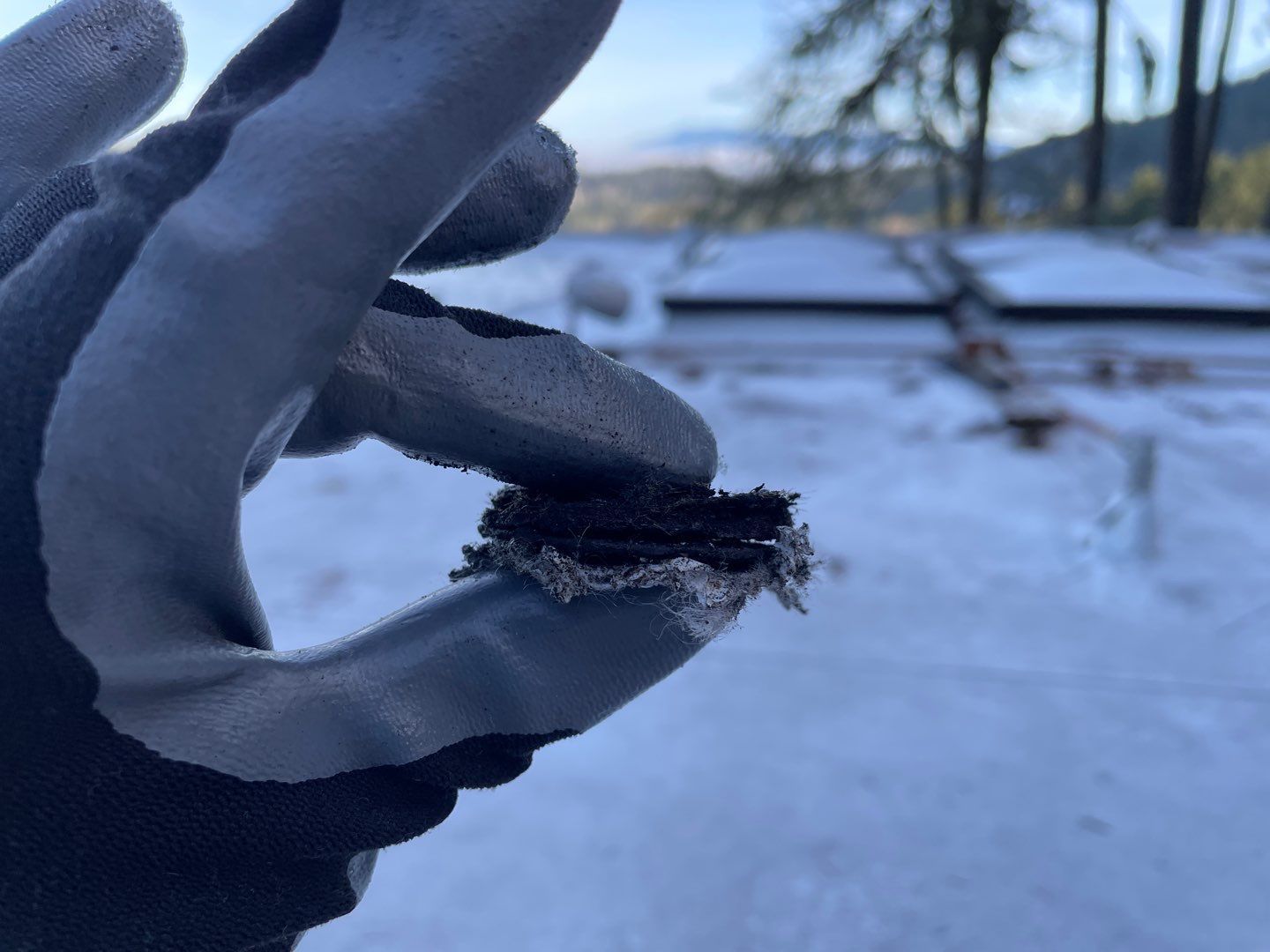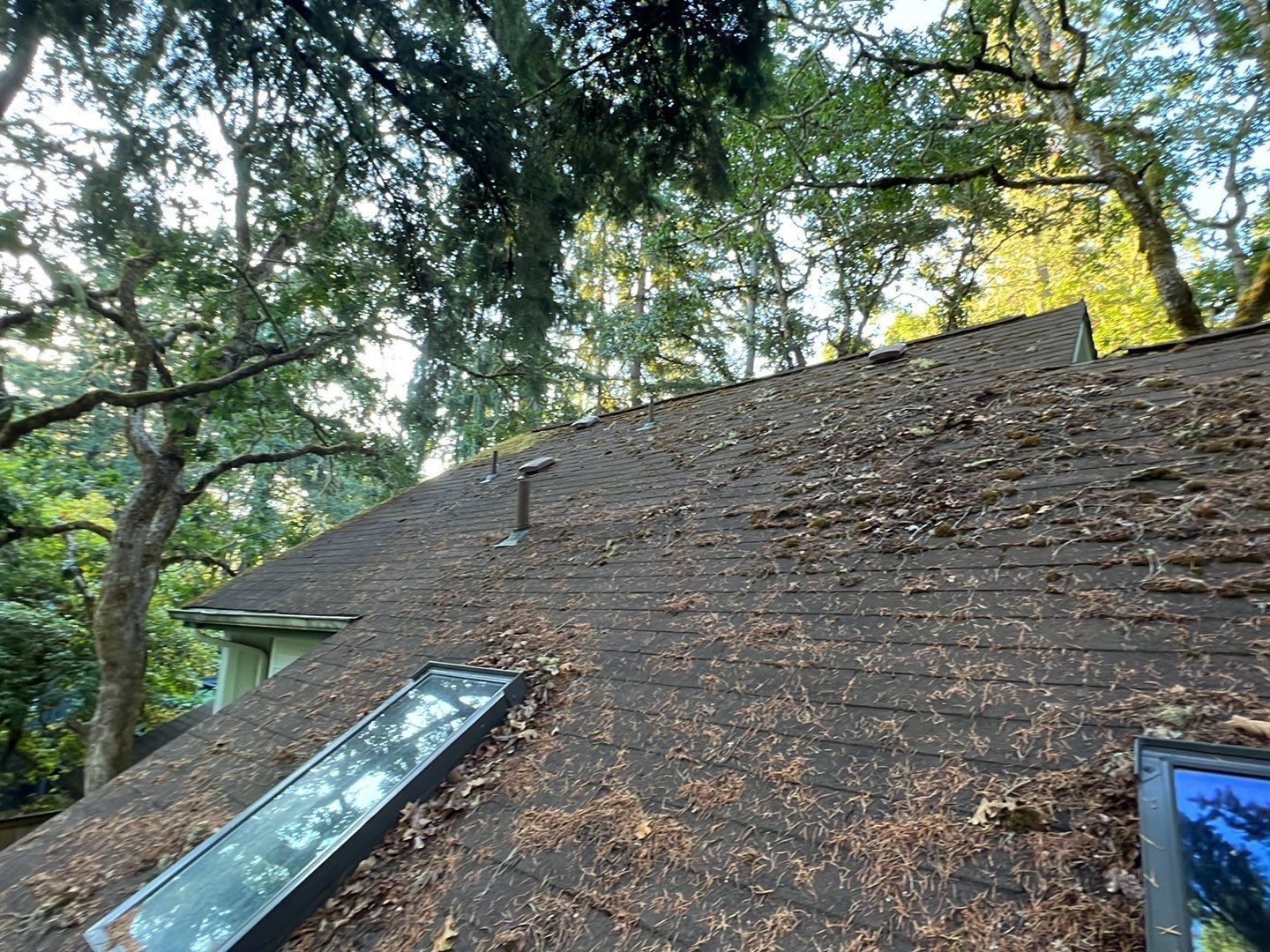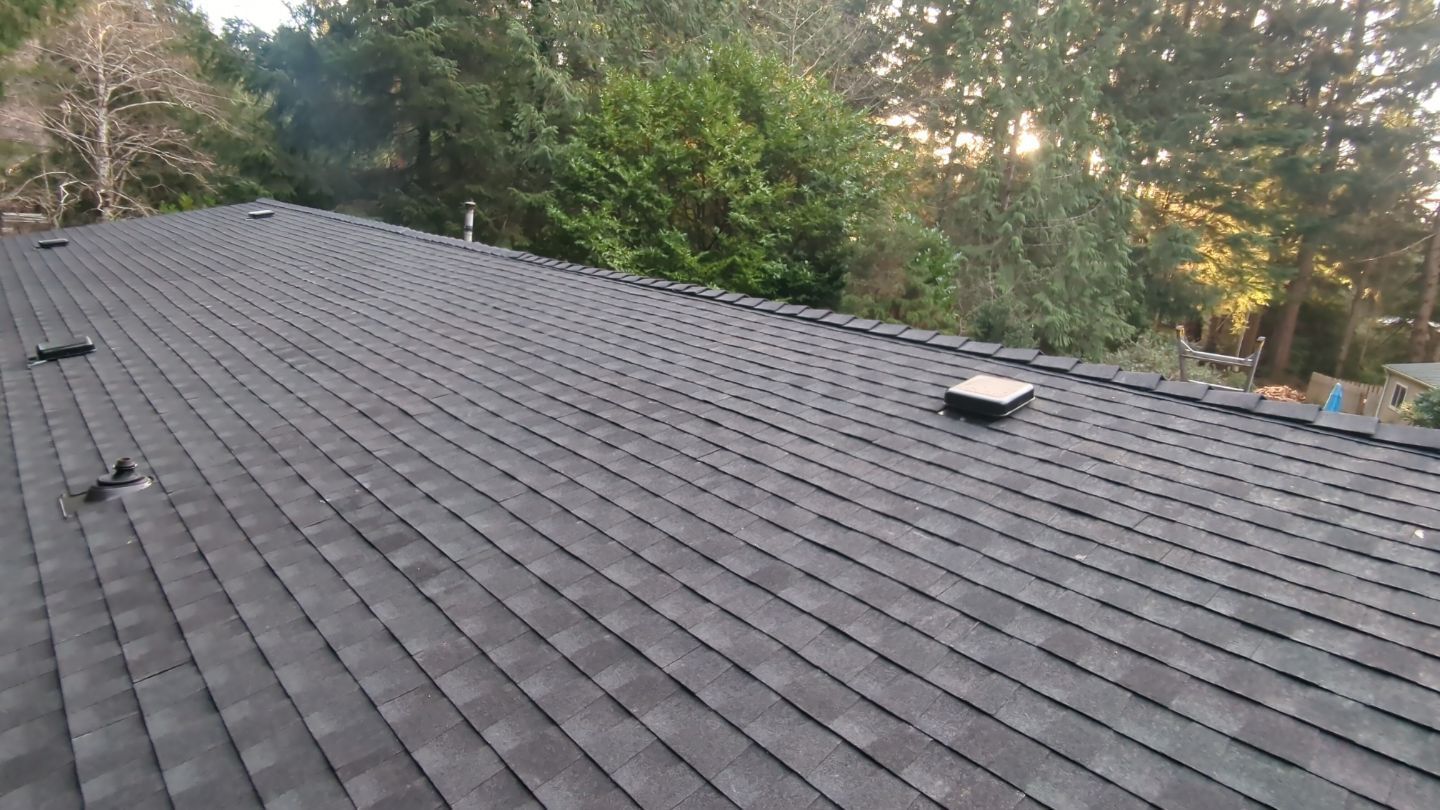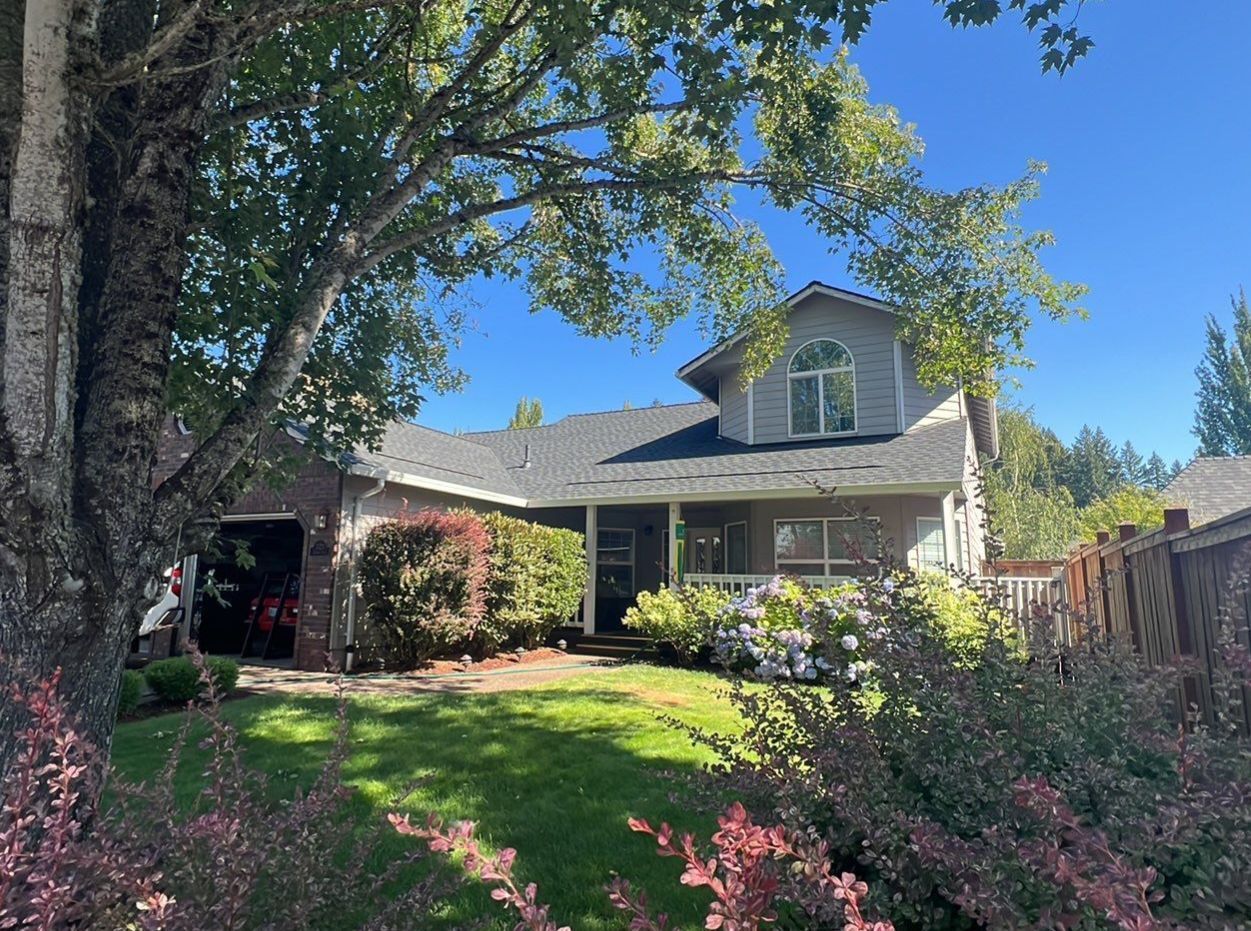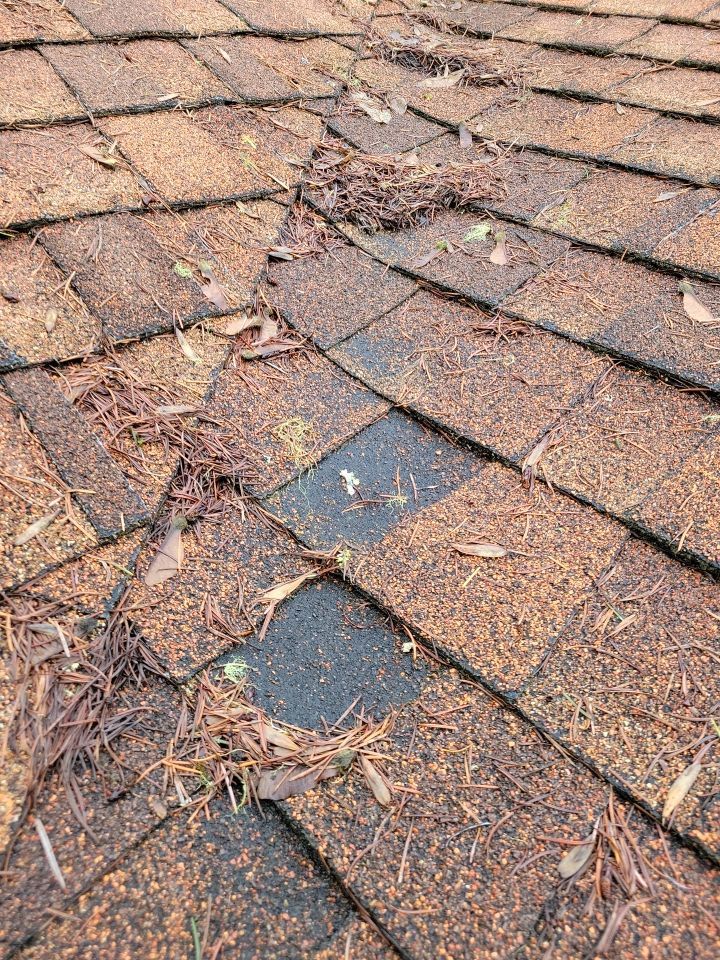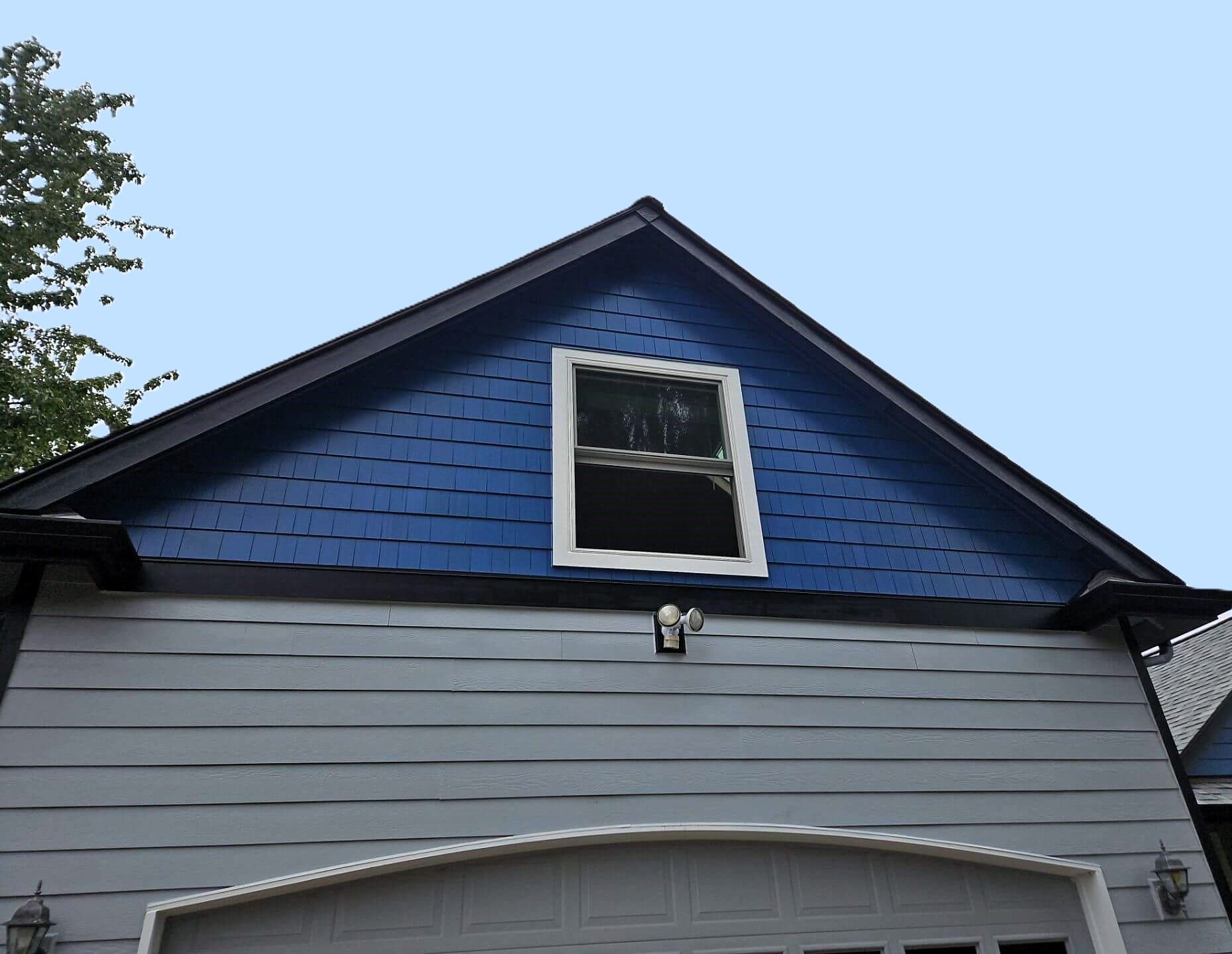Thermoplastic Polyolefin (TPO) roofing systems are renowned for their durability, energy efficiency, and resistance to ultraviolet, ozone, and chemical exposure. Despite their robustness, replacement becomes inevitable. Identifying the early signs that your TPO roofing needs replacement can save considerable time and resources. Here are critical indicators to watch out for, signaling it may be time to consult a professional for a roof replacement.
1. Noticeable Wear and Tear
Over time, all roofing materials show signs of wear and tear, and TPO is no exception. If the TPO roofing surface appears worn out, with the membrane looking thinner in some areas, it might indicate that the durability has been compromised. This thinning of the material can lead to leaks and other structural damages that are more costly to repair in the long run. Regular inspections can help identify these signs early on and prevent any further damage.
2. Cracks and Tears
As TPO roofing ages, it becomes more susceptible to cracks and tears. This is especially true in areas with extreme weather conditions, where the expansion and contraction of the membrane due to temperature changes can cause stress on the material. If you notice cracks or tears on your TPO roof, it's a clear indication that the integrity of the membrane has been compromised and may require replacement.
3. Seams Starting to Pull Apart
One of TPO roofing’s biggest advantages is its heat-welded seams which are typically stronger than the membrane itself. However, with age or improper installation, these seams can start pulling apart, leading to potential leakages. Regular inspections can detect seam failures early, but if pulling apart is widespread, replacement might be the most viable option.
4. Punctures on the Roof
Though TPO membranes are resistant to impacts, punctures can occur, especially in areas experiencing heavy foot traffic or falling debris. Small punctures can often be repaired, but larger or multiple punctures might compromise the roof's integrity, necessitating a full replacement.
5. Significant Water Pooling
Water pooling can indicate an insufficient roofing slope or degraded materials. Though TPO is designed to withstand water, long-term pooling can quickly degrade the material and lead to leaks. If this issue is not resolved with adjustments or repairs, a replacement process should be considered.
6. Mold, Algae, or Moss Growth
The presence of mold, algae, or moss on a TPO roof may indicate that moisture is trapped beneath the roofing membrane. Besides being unsightly, these growths can degrade the roof material over time and lead to leaks. While cleaning can remove surface growth, persistent issues might suggest deeper problems that require a complete roof replacement.
7. Interior Water Damage
Signs of water damage inside the building, such as stains on the ceilings or walls, peeling paint, or mold growth, are often indicators of a failing roof. While the source of a leak may be repairable, extensive interior damage often signals that the roof, or large sections of it, needs to be replaced to prevent further damage to the building's structure and interior.
8. Increasing Energy Bills
A sudden increase in energy bills can sometimes be attributed to an inefficient roofing system. TPO roofs are generally reflective, helping to reduce cooling costs in warmer months. If there's a noticeable uptick in energy use, it could be an indicator that the roof's reflective properties have diminished and it’s no longer performing as efficiently as it should.
9. Age of the Roof
Though TPO roofing is designed to last for decades, nothing lasts forever. The typical lifespan of a well-installed and maintained TPO roof is a few decades. If a roof is approaching or has surpassed its expected lifespan, it may be more cost-effective to replace it rather than continue with costly repairs. Additionally, an older roof may have developed structural issues that could compromise its integrity and require immediate attention.
10. Changes in Roof Appearance
A TPO roof should maintain its appearance over time, with only minor fading due to sunlight exposure. If you notice significant discoloration or changes in the texture of your roof, it could be a sign of underlying problems such as water damage or chemical reactions. These issues can compromise the effectiveness of your TPO roofing system and may indicate the need for repairs or replacement.
When to Consult a Professional
Identifying the signs that suggest a TPO roof needs replacing is the first step in maintaining a building’s structural integrity. At the first indication of the issues listed above, reaching out to a roofing professional for a thorough inspection is advisable. Experts can provide a detailed assessment of the roof's condition, recommend solutions, and, if necessary, carry out a replacement using the latest materials and techniques for longevity and performance.
A TPO roofing system is a stellar choice for those who value durability and efficiency. Nevertheless, it is crucial to be vigilant about the condition of the roofing and recognize when replacement might be necessary. By understanding these signs and acting promptly, one can ensure that the roofing continues to offer its protective benefits for years to come. Whether through repair or replacement, the goal is always to maintain a safe, dry, and comfortable environment beneath the TPO membrane. If you are experiencing issues with your TPO roof, contact us today.
